Smriti Malhotra
Art, throughout history, has held an immeasurable value that extends far beyond its monetary worth. The significance of art lies in its ability to evoke emotions, inspire critical thinking, and offer profound aesthetic experiences. While art can certainly command high prices in the market, its true value lies in the intangible qualities it possesses. In this article, we will explore 11 reasons that make art priceless, emphasising the enduring impact it has on individuals and society.
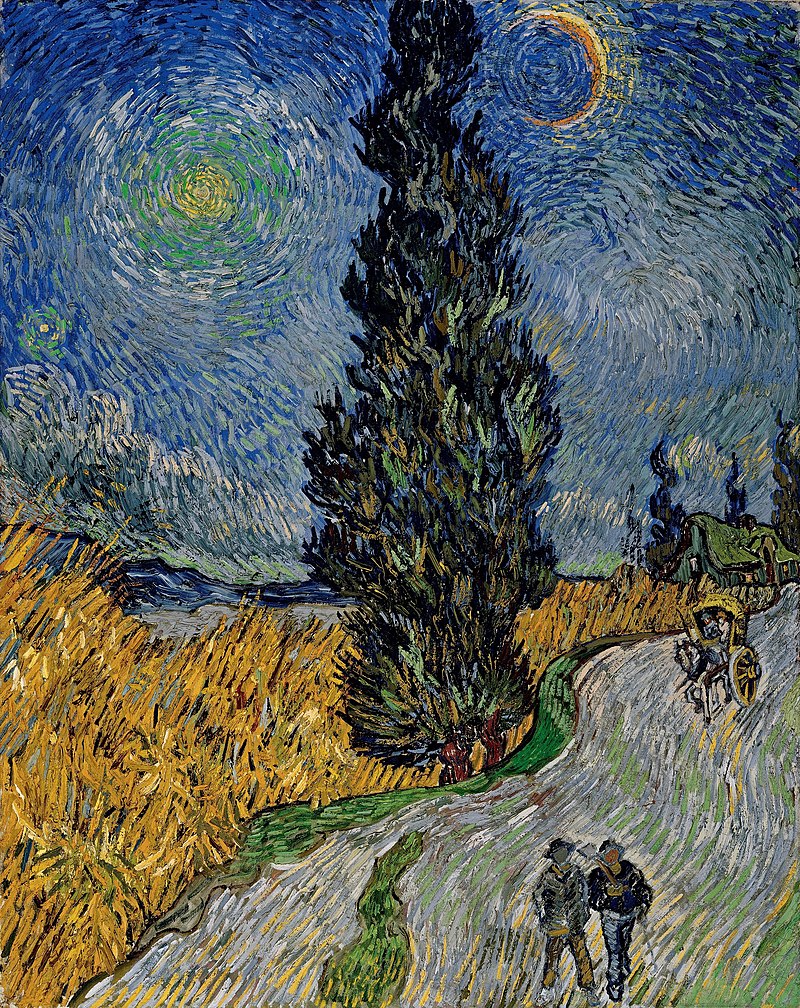
1. Emotional Impact
Art has the extraordinary power to evoke a wide range of emotions in viewers. Whether it be joy, sorrow, wonder, or contemplation, art has the ability to stir deep-seated feelings and connect us to our humanity. The emotional resonance created by art is a testament to its timeless value.
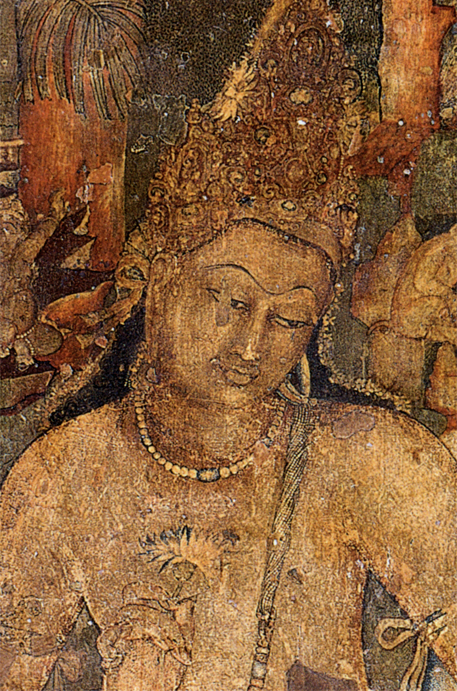
2. Reflection of Human Experience:
Art serves as a mirror to the human experience, reflecting our joys, struggles, triumphs, and vulnerabilities. It offers a unique perspective on the world and enables us to connect with diverse cultures, histories, and perspectives. Through art, we gain a deeper understanding of our shared humanity.

3. Preservation of History and Culture:
Art serves as a visual record of history, preserving cultural heritage and narratives for future generations. Artworks provide invaluable insights into past societies, their values, beliefs, and social structures. They encapsulate the essence of different eras and act as a bridge between the past and the present.
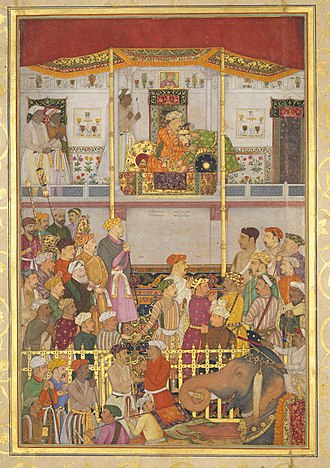
4. Inspiration and Creativity:
Art fuels inspiration and stimulates creativity. It challenges us to think differently, encouraging us to explore new ideas, experiment with different mediums, and push the boundaries of our own imagination. Art inspires us to see the world through fresh perspectives and encourages innovation in various fields.
5. Catalyst for Dialogue and Social Change:
Art has the power to spark dialogue, ignite conversations, and provoke social change. Through its ability to communicate complex ideas and address sensitive topics, art becomes a catalyst for discussions on societal issues such as inequality, justice, and human rights. It has the potential to galvanise communities and foster positive transformation.
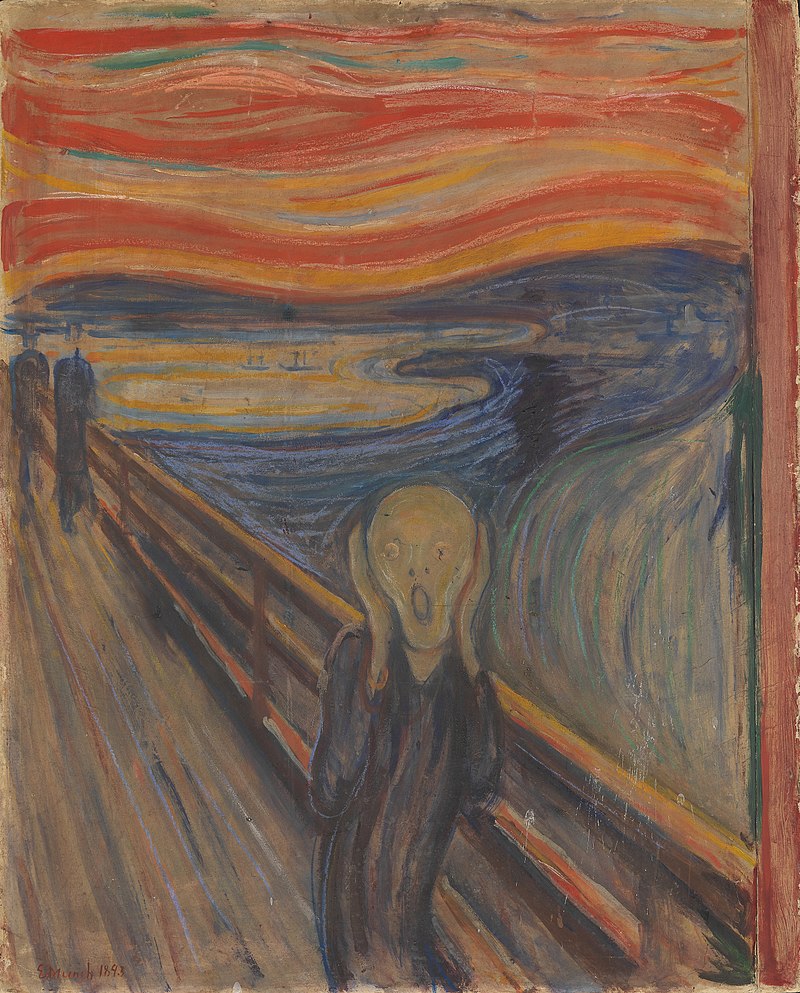
6. Beauty and Aesthetics:
Art celebrates beauty and aesthetic experiences. Whether it is the harmonious composition of a painting, the graceful lines of a sculpture, or the melodic arrangement of a musical piece, art appeals to our senses and provides us with moments of pure aesthetic pleasure. It enriches our lives by offering beauty in various forms.
7. Expression of Individuality:
Art allows individuals to express their unique voices, thoughts, and experiences. It provides a platform for artists to share their perspectives, challenge norms, and make bold statements. By embracing individuality, art encourages diversity, fostering an environment where every voice can be heard and valued.
8. Symbolism and Metaphor:
Art often employs symbolism and metaphor to convey complex ideas and abstract concepts. Through these visual representations, art engages viewers in a process of interpretation and invites them to delve deeper into the layers of meaning. The ability of art to communicate through symbols adds depth and richness to our understanding of the world.
9. Therapeutic and Healing Qualities:
Art has therapeutic and healing qualities that can positively impact mental, emotional, and even physical well-being. Engaging with art can provide solace, alleviate stress, and serve as a means of self-expression. Art therapy has been successfully used to promote healing, self-discovery, and personal growth.
10. Legacy and Immortality:
Art allows artists to leave a lasting legacy that transcends their own existence. Through their works, artists achieve a form of immortality as their ideas, emotions, and perspectives continue to resonate with future generations. Art becomes a testament to the artist’s existence, ensuring their impact is felt long after they are gone.
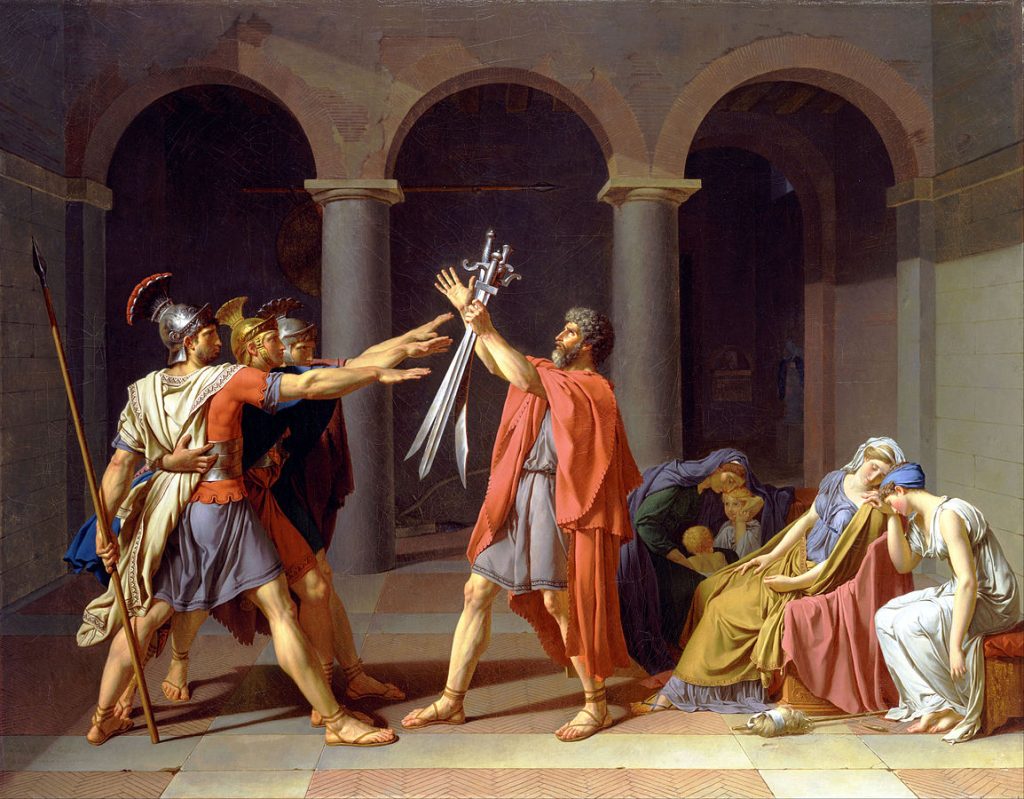
11. Uniqueness and Irreplaceability:
Each artwork is a unique creation, impossible to replicate exactly. The distinctiveness of art adds to its priceless nature. Whether it is a painting, sculpture, or installation, every piece holds its own history, context, and energy. The irreplaceable quality of art makes it invaluable, as it possesses an aura and character that cannot be replicated or replaced.
Art’s true value lies in its ability to transcend monetary worth and resonate deeply within our hearts and minds. The emotional impact, reflection of human experience, preservation of history and culture, inspiration, and catalyst for dialogue are just a few reasons why art is priceless. It offers aesthetic pleasure, celebrates individuality, employs symbolism, promotes healing, leaves a lasting legacy, and holds a unique and irreplaceable essence. Art continues to enrich our lives, challenge our perceptions, and contribute to the cultural fabric of society. It’s worth is immeasurable, reaffirming its rightful place as a vital and cherished aspect of human existence.




